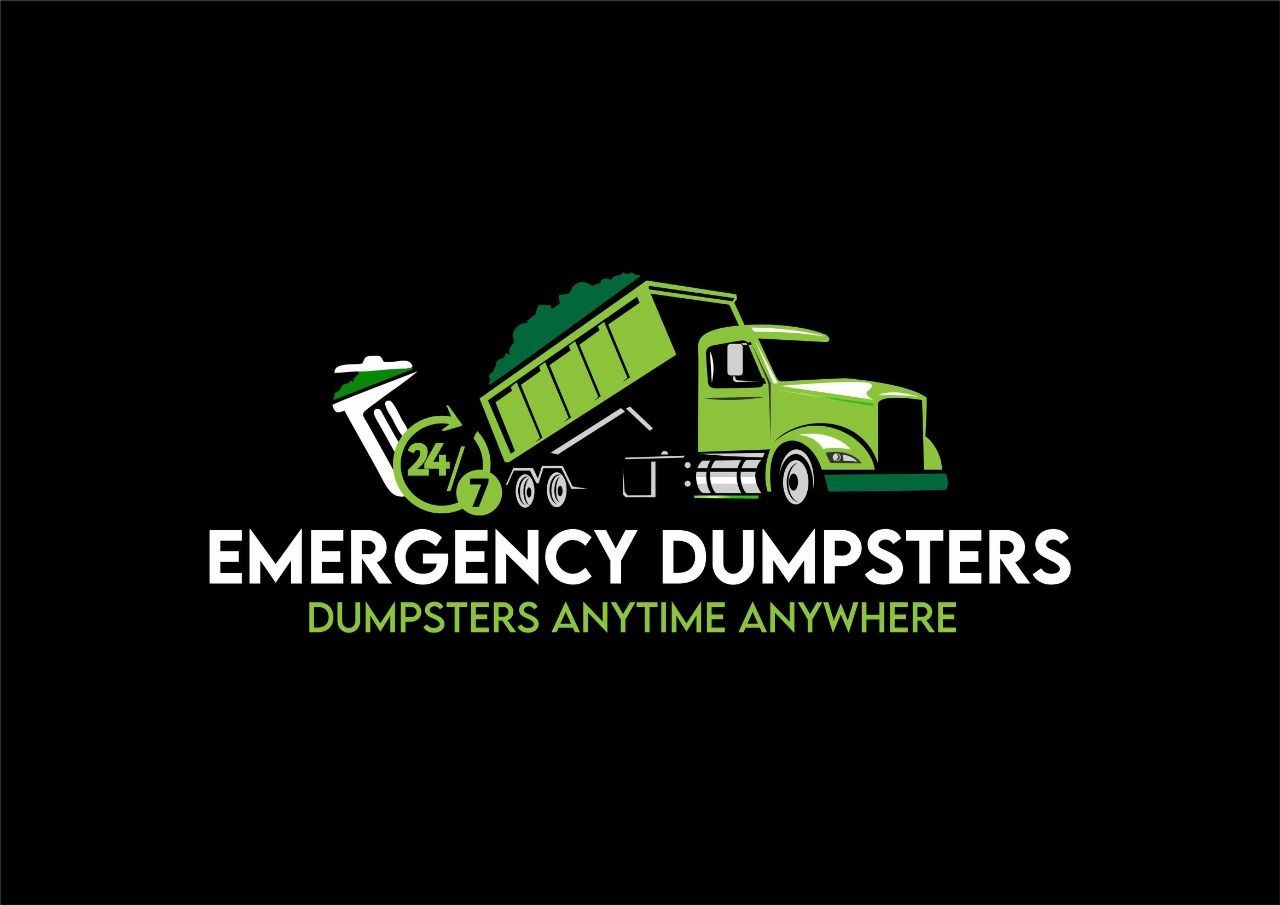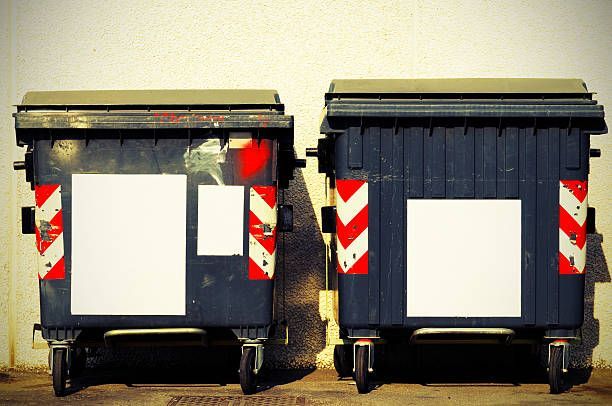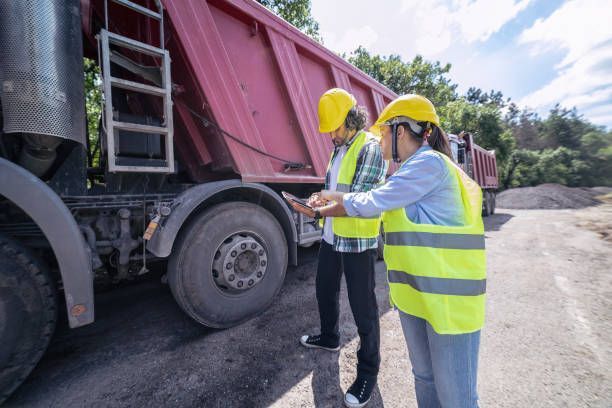One of the first steps in maximizing safety and compliance with construction dumpster rentals is selecting the appropriate size and type of dumpster.
Consider the scope of your project, the volume of waste generated, and the types of materials being disposed of. Choosing a dumpster that matches your needs can ensure efficient waste removal and reduce the risk of overfilling or overflowing.
Implementing Safety Measures
Safety should never be compromised on a construction site. When using construction dumpster rentals, it is crucial to implement safety measures to protect workers and minimize accidents. Here are some key steps to follow:
a. Clear Pathways: Ensure that dumpster placement does not obstruct access to emergency exits, stairways, or other essential pathways. Clear paths are crucial for swift evacuation in case of emergencies.
b. Proper Signage: Display clear and visible signage indicating the presence of a construction dumpster. This alerts workers and visitors to exercise caution and follow safety protocols when approaching or working near the dumpster.
c. Hazardous Material Handling: Identify and separate hazardous materials from general waste. Properly label and dispose of hazardous waste in accordance with local regulations and guidelines.
d. Load Distribution: Distribute the weight of the waste evenly within the dumpster to prevent tipping or unbalanced loads. This minimizes the risk of accidents during dumpster transportation.



